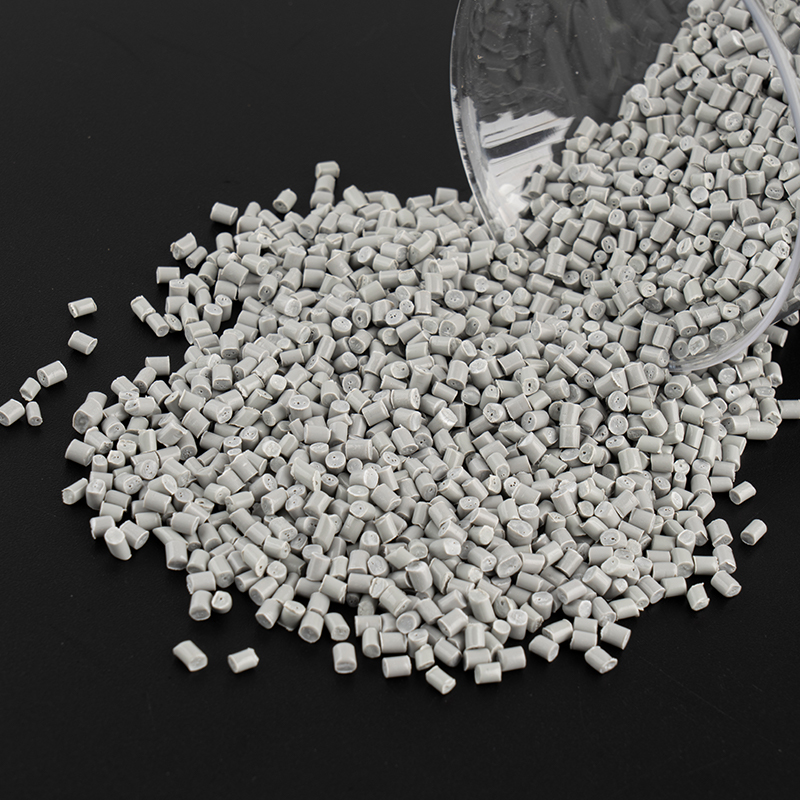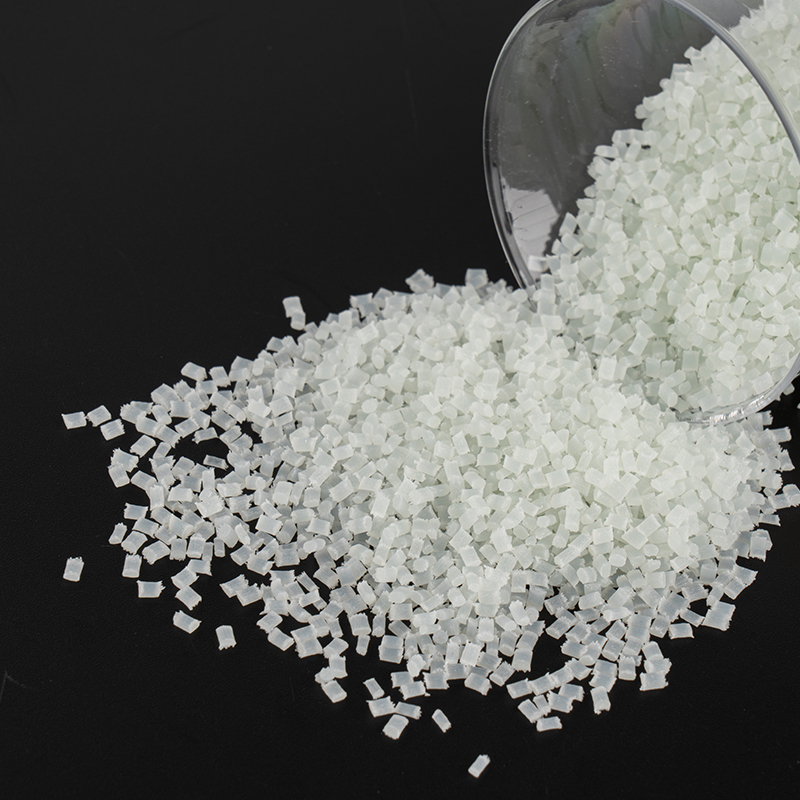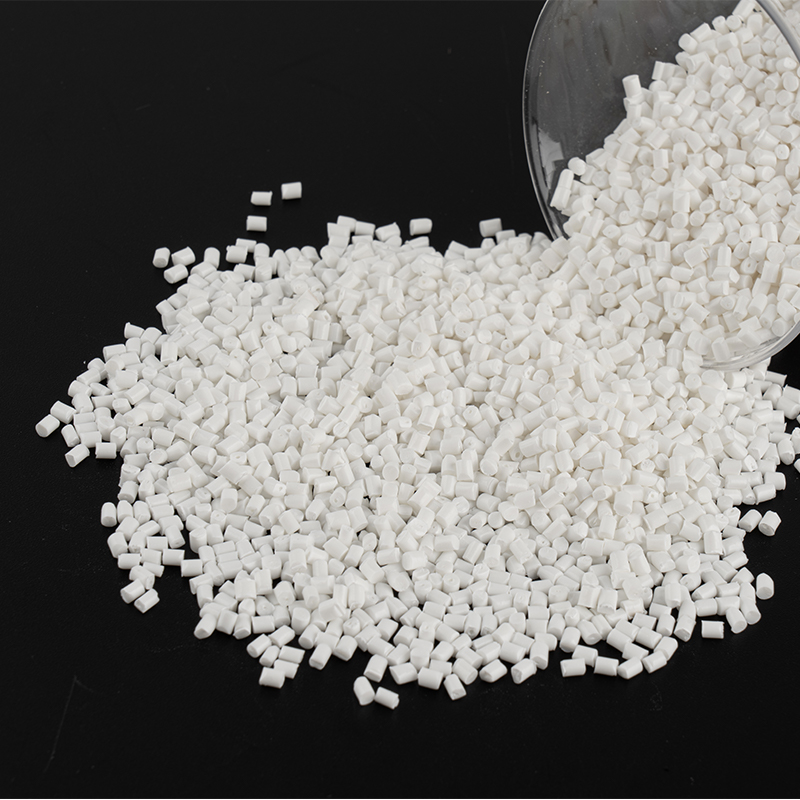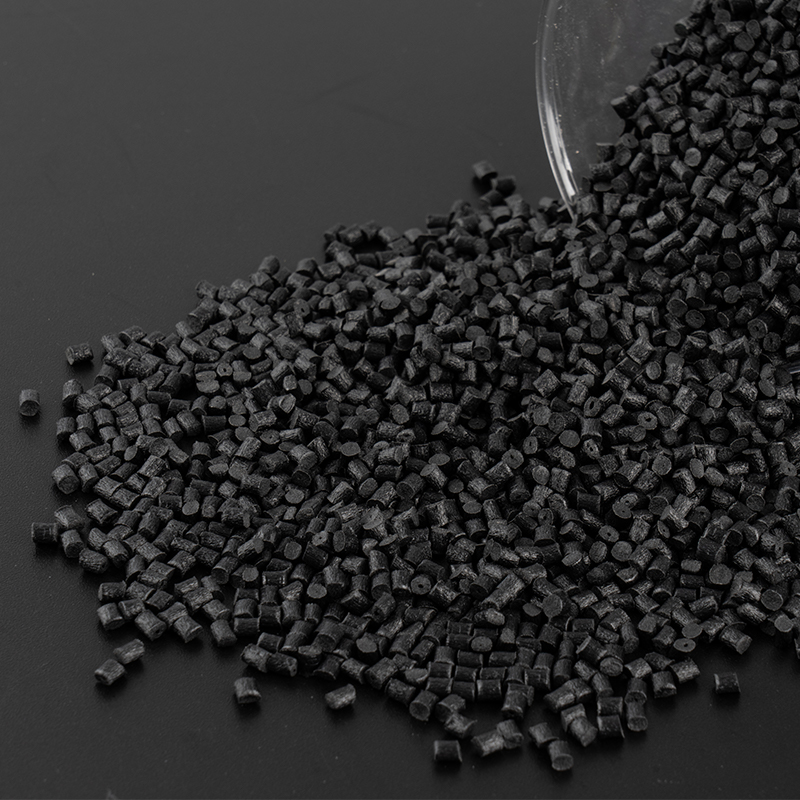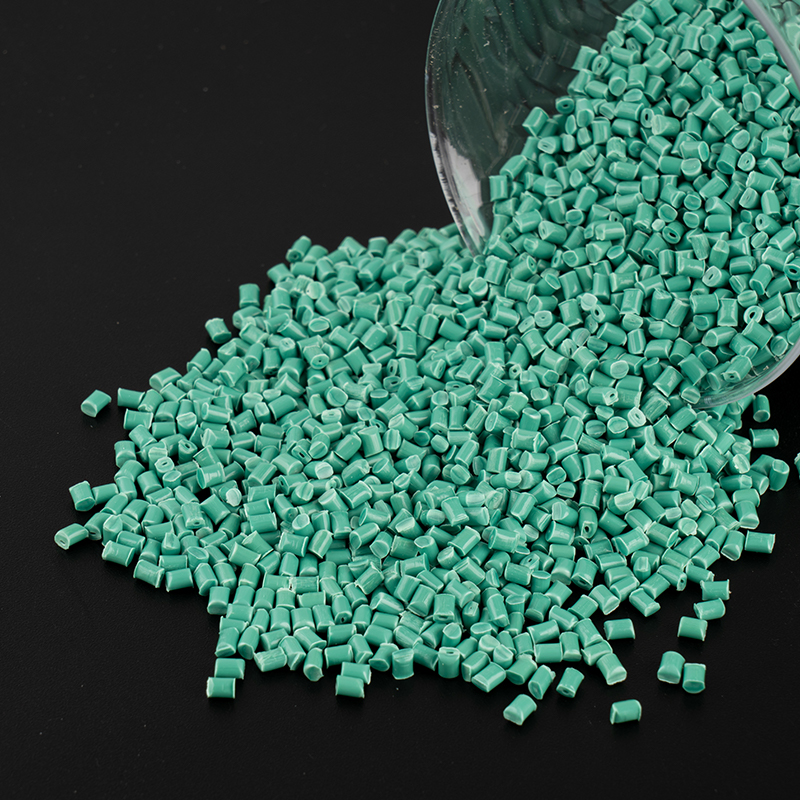Plastic door handles are a popular choice for many homeowners due to their affordability, variety, and ease of installation. However, like any other part of your home, they require regular maintenance to ensure they remain functional and attractive. Cleaning them properly can prevent wear and tear, while also ensuring they don’t lose their shine or become a breeding ground for dirt and bacteria.
1. Regular Dusting
One of the easiest and most effective ways to maintain plastic door handles is through regular dusting. Dust can accumulate on the surface and, over time, may cause tiny abrasions, which can wear down the finish of the plastic. Therefore, it’s important to remove dust regularly.
Steps to Dust Plastic Door Handles:
- Use a microfiber cloth or a soft, dry cloth.
- Gently wipe the surface of the handle to remove any dust or debris.
- For hard-to-reach areas, use a soft-bristled brush to get into the nooks and crannies.
Regular dusting will keep the handles looking fresh and prevent dirt buildup that could lead to more difficult cleaning later.
2. Gentle Cleaning with Soap and Water
For everyday cleaning, warm water and mild soap are often all that’s needed. This solution is safe for most plastic door handles, and it won’t damage or discolor the surface.
Steps to Clean with Soap and Water:
- Mix a small amount of mild dish soap with warm water.
- Dampen a soft cloth with the soapy water (don’t soak it).
- Wipe the handle gently, making sure to cover all areas.
- Use a clean, damp cloth to wipe off any soap residue.
- Dry with a soft towel to avoid water spots.
This gentle cleaning method is ideal for routine maintenance, as it won’t scratch or harm the plastic surface.
3. Dealing with Stubborn Stains
Occasionally, plastic door handles can accumulate stubborn stains from things like food, grease, or ink. To handle this, you can use a natural, non-abrasive solution like baking soda.
Steps to Clean Stubborn Stains:
- Create a paste by mixing baking soda with a small amount of water.
- Apply the paste to the stained area.
- Let it sit for a few minutes (the baking soda will help break down the stain).
- Use a soft toothbrush to scrub the area gently.
- Rinse with water and wipe down with a clean cloth.
Baking soda is an excellent choice because it’s a mild abrasive that won’t damage the plastic, while also being powerful enough to remove tougher stains.
4. Using a Vinegar Solution
Vinegar is a natural cleaner that can be used to remove grease and grime without harming plastic. It’s particularly effective for handles that are exposed to oils or sticky substances.
Steps for Cleaning with Vinegar:
- Mix equal parts white vinegar and water in a spray bottle.
- Lightly spray the mixture onto the door handle.
- Let it sit for a minute or two, allowing the vinegar to break down the grime.
- Wipe clean with a soft cloth or sponge.
- Dry the handle with a clean towel.
Vinegar is a great solution for tackling grease without the use of harsh chemicals. It also leaves the plastic looking shiny and fresh.
5. Avoid Harsh Chemicals
While it’s tempting to use strong chemical cleaners to remove stubborn grime, doing so can damage the plastic over time. Harsh chemicals such as bleach or ammonia can cause discoloration, weakening, or even cracking in the plastic material.
What to Avoid:
- Bleach – Can cause the plastic to discolor or weaken.
- Ammonia – Harsh on plastic, can degrade the surface.
- Abrasive scrubbing pads – Can leave scratches that are difficult to remove.
Stick to gentle cleaners and natural solutions to maintain the integrity of your plastic door handles.
6. Polishing for Shine
Over time, plastic handles may lose their luster due to dirt buildup or exposure to the sun. A good polish can restore their shine and provide a protective layer to prevent future damage.
Steps for Polishing Plastic Door Handles:
- Purchase a plastic polish or a non-abrasive car polish.
- Apply a small amount of polish to a soft cloth.
- Buff the handle in small circular motions, covering all areas evenly.
- Continue buffing until the handle looks shiny and smooth.
Polishing your plastic door handles not only makes them look brand new but also adds a layer of protection against future dirt and grime buildup.
7. Preventing Scratches
Plastic surfaces are more prone to scratching than metal or wood, so it’s important to handle them with care. Scratches can degrade the appearance of the handle and make it more difficult to clean in the future.
Tips to Prevent Scratches:
- Always use soft cloths or sponges for cleaning.
- Avoid using abrasive materials like steel wool, rough sponges, or hard-bristled brushes.
- Be cautious when using cleaning solutions that could cause damage.
By using the right cleaning tools and techniques, you can prevent scratches and preserve the appearance of your plastic door handles.
8. Check for Wear and Tear
Plastic door handles may wear down over time, especially in areas with heavy traffic. It’s important to regularly check your handles for any signs of damage that might require replacement.
What to Look For:
- Cracks or splits in the plastic.
- Discoloration from exposure to sunlight or harsh chemicals.
- Brittleness that could lead to breakage.
If you notice any of these signs, it might be time to replace the handle to ensure it remains functional and safe.
9. Lubricating Moving Parts
If your plastic door handle includes a locking mechanism or rotating parts, it’s important to lubricate them occasionally to ensure smooth operation. Lack of lubrication can cause the parts to wear down faster or become stuck.
Steps for Lubricating Moving Parts:
- Apply a silicone-based lubricant to the moving parts of the handle.
- Avoid petroleum jelly or oils that can attract dust and grime.
- Wipe off any excess lubricant to prevent it from dripping onto the surface.
Lubrication helps maintain the handle’s functionality and can prevent the mechanism from becoming stiff or stuck over time.
10. Cleaning Plastic Door Handles in Different Environments
Plastic door handles in different environments may require specific cleaning approaches. For instance, outdoor handles are exposed to the elements, while indoor handles typically encounter less grime.
Cleaning Tips for Different Environments
| Environment | Cleaning Tips | Frequency |
|---|---|---|
| Indoor | Regular dusting and mild soap cleaning are sufficient. Use a polish for added shine. | Weekly to bi-weekly |
| Outdoor (exposed to weather) | Use a vinegar solution to remove dirt and grime. Consider UV-protective sprays to prevent fading. | Bi-weekly to monthly |
| High-Traffic Areas | More frequent cleaning, especially if the handle is exposed to oils, grease, or food residue. Use a baking soda paste for tough stains. | Weekly to bi-weekly |
Outdoor handles, in particular, benefit from additional care to combat the wear and tear of weather elements like rain and sun.






